As the parliament in Nepal was dissolved by President Bidya Devi Bhandari on May 22 to pave the way for the mid-term elections in November, a week later, on May 29, in a televised address Finance Minister Bishnu Poudel presented the annual budget plan of NRs.1.64 trillion (14.17 billion US dollar) for the fiscal year 2021-22. The budget which was brought through an ordinance had the twin objectives of controlling the COVID-19 pandemic and bringing in economic recovery to the country.
Nepal is facing the devastating impact of the second wave of coronavirus that hit it in April. As of June 2, the country reported a total of 4,524 new COVID-19 cases along with a total nationwide infection tally of 571,111 and a death toll of over 7,386. Though there has been a noticeable decline in the number of new infections in the country during the last few days, there is an acute shortage in the availability of critical health facilities like human resources, oxygen, critical life support equipment and trained critical care workers.
At a time when Nepal is having the highest transmission rate of coronavirus in the world, it would be a miracle if the country succeeds in achieving a higher rate of economic growth of 6.5 percent in 2021-22 as envisaged in the budget speech of the finance minister. In fact, 2019-20, there was negative growth of -2.12 per cent. The economic situation in the country somewhat improved in 2020-21, but it again received a big jolt following the second wave of coronavirus from April.
To control the COVID-19 pandemic, the government has allocated a hefty amount of NRs. 122.77 billion (1.05 billion US dollar) to the Ministry of Health and Population: of which 230 million US dollars has been set aside for the procurement of coronavirus vaccines to inoculate the people free of charge. Over 70 per cent of the health sector budget is expected to be mobilized from external assistance.
Ever since the outbreak of coronavirus in the country in 2020, NRs. 23.16 billion have been spent on activities related to COVID-19 prevention and control measures till April this year. However, so far merely 2.11 million out of 30 million population in the country have been administered one dose of the vaccine and 654,851 vaccinated with two doses,
Since the country is struggling with a health crisis, it is needed beyond any measure to bring an economic recovery to the country. Towards this end, the finance minister has exempted tax to those enterprises that have been affected by the coronavirus pandemic. Continuity has been given to the rehabilitation fund that aims at providing relief to small and medium enterprises. Income-generating programmes have been launched for women belonging to the deprived communities. To raise the purchasing power of the people, the senior citizen allowance has been increased from NRs. 3000 to NRs. 4000.
In its efforts to revive the economy, the government has announced plans to create jobs for 350,000 youth in the country in 2021-22, though 500,000 youths enter the job market each year. Under the Prime Minister Employment Programme, plans are afoot to generate additional jobs for 200,000 people.
Furthermore, the government has committed to buy agricultural produce from the farmers for which NRs 7.60 billion has been allocated. To promote the tourism industry, visa has been made free for tourists visiting the country for a month. NRs.12 billion has been set aside for the establishment of chemical fertilizer plants in the country. There is also a plan to replace light petrol vehicles with electric vehicles in the next ten years.
In the budget, the Local Infrastructure Development Partnership Programme (LIDPP) has been cancelled. Under this programme, each year the lawmakers of the House of Representatives, the Nepalese parliament, were permitted to spend huge budget on developmentprojects of their choice and designin their respective electoral constituencies. In 2019-20, each lawmaker received NRs. 60 million for the development of their electoral constituencies, which was reduced to Rs. 40 millionin 2020-21 amidst growing public sentiments against LIDPP for its gross misuse.
In the budget for 2021-22, the government has allowed the extraction of stones, pebbles and sand for exports to foreign countries. No consultation has been done with the provincial and local governments in this respect, though it falls in the latter’s jurisdiction. As if this was not enough, the government has also made provision to give rebates in custom duty to those entrepreneurs who could construct the ropeway line from the sites of these items to the end point. Extraction of these items would not only increase revenue to the Nepal government but would also generate employment opportunities in the border regions of Nepal and India. This could also help in bridging the deficit in Nepal’s balance of trade with India.
However, it seems that the government did not visualize the possible impacts that the extraction and exports of stones, pebbles and sand from the rivers and Chure-Bhavar range in the Terai region could have on the life of the people. As a result of this measure, the entire plain land of Nepal Terai from the Mechi river in the east to the Mahakali river in the west, is likely to get further deserted.
It is encouraging that the budget for 2021-22 has come out with certain measures that would not only help control coronavirus cases but might also help revive the economy. However, two major flaws exist in the budget - one is the decision of the government, as mentioned above, to allow the extraction and exports of stones, pebbles and sands; while the other is to remain over-dependent on the external source regarding the procurement of vaccines of coronavirus and other medical supplies. In this difficult hour, the finance minister should, besides scrapping the proposal to allow extraction and exports of stones etc., he should support all measures aimed at inoculating the people on a mass scale in the shortest possible time by removing problems in the distribution and use of medical equipment available from national and international sources for the COVID-19 patients.
(The paper is the author’s individual scholastic articulation. The author certifies that the article/paper is original in content, unpublished and it has not been submitted for publication/web upload elsewhere, and that the facts and figures quoted are duly referenced, as needed, and are believed to be correct). (The paper does not necessarily represent the organisational stance... More >>
Image Source: https://medicospace.com/wp-content/uploads/2020/05/Major-Highlights-of-Nepal-Health-Budget-2020-2021.jpg

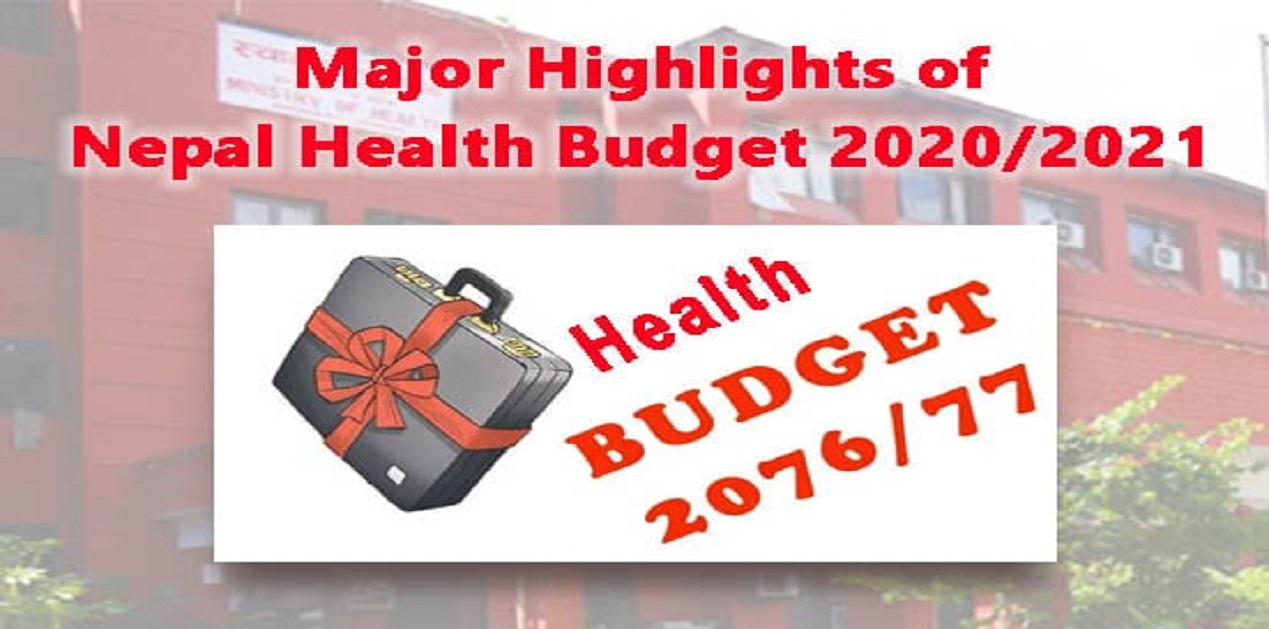
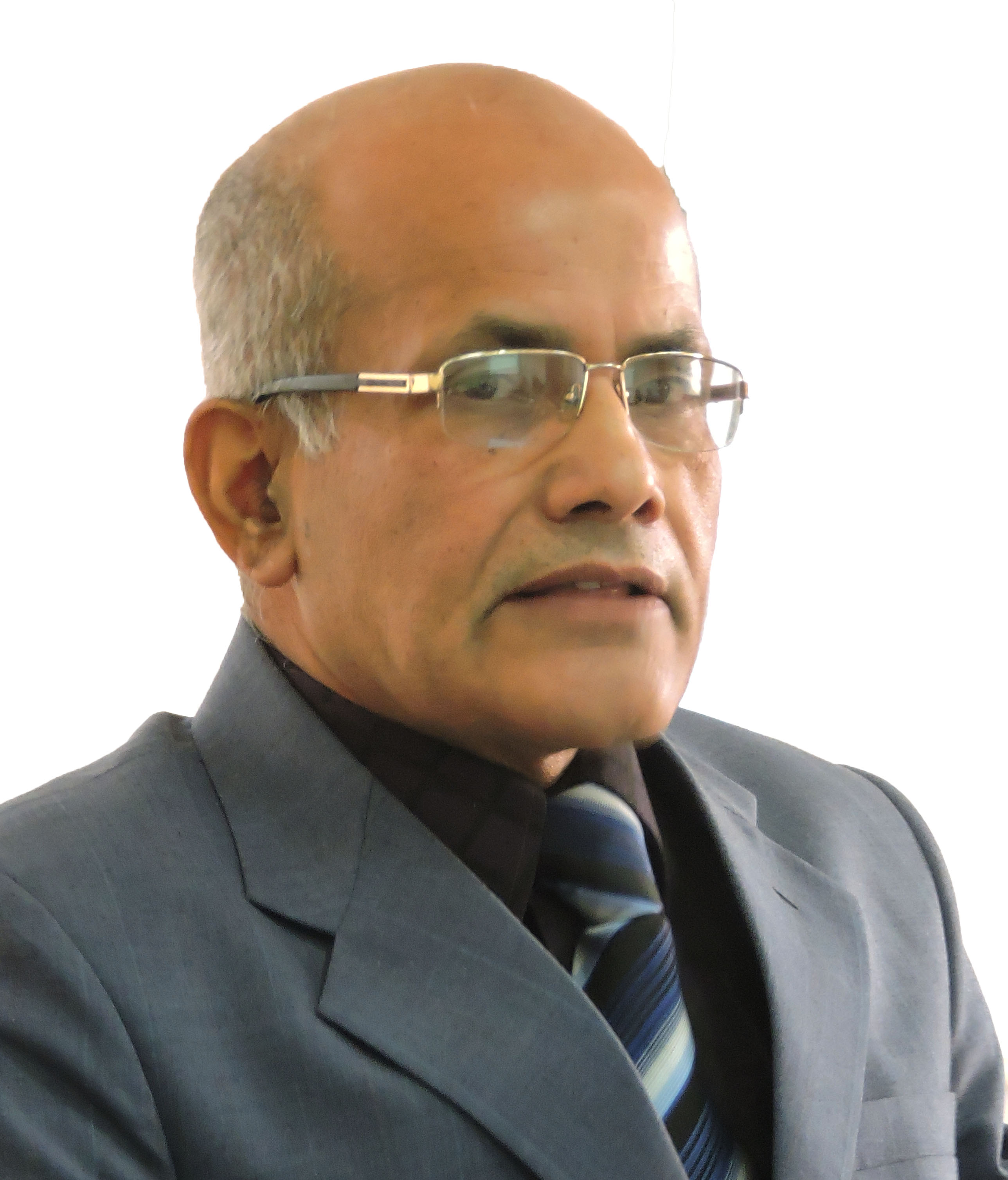


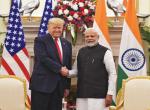

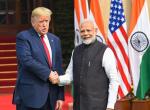

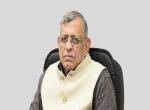

Post new comment